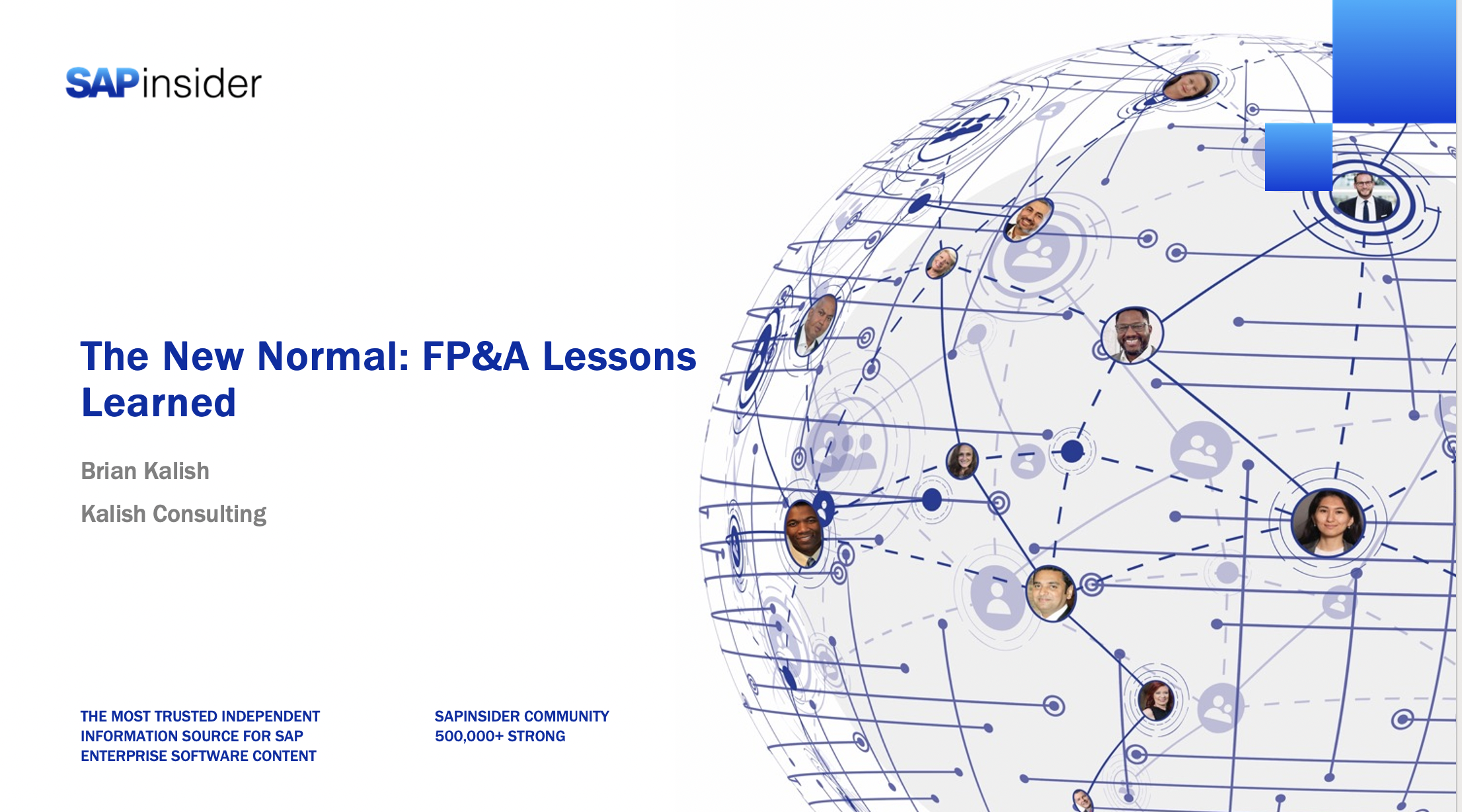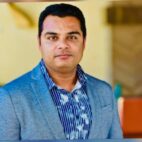Empowering FP&A Teams: Building a Culture of Analytics for Adapting to the ‘New Normal’
Key Takeaways
The definition of ‘normal’ is constantly changing for organizations. Access to data is no longer enough for organizations. Organizations need to convert data into insights to create enough knowledge to make better, faster, and smarter decisions.
To truly thrive in the ‘new normal’, organizations must advance from simply providing descriptive and diagnostic analytics to generating mission-critical predictive, prescriptive, and ultimately cognitive analytics.
Organizations must run robust scenario planning platforms to maximize opportunities and minimize risks in a highly uncertain world.
At SAPinsider’s EMEA event in Vienna, Brian Kalish, founder and principal at Kalish Consulting, will talk about how FP&A teams can truly thrive in the ‘new normal’ by adopting alternative approaches to data analytics, forecasting, and scenario planning.
On day three of the event, Kalish will explore the following aspects:
Defining the ‘new normal’
Explore related questions
The definition of ‘normal’ is constantly changing for organizations. Access to data is no longer enough. A historic level of uncertainty has rendered traditional methods of data analytics, forecasting, and scenario planning useless.
Thriving in the ‘new normal’
FP&A teams must run robust scenario-planning platforms and forecasting to maximize opportunities and minimize risks in a highly uncertain world. They must generate mission-critical predictive, prescriptive, and cognitive analytics to make smarter business decisions.
Adapting to the future
Organizations must empower their finance teams to adjust their frameworks. A newer approach should include people, processes, and technology to perform and deliver business outcomes efficiently.
Summary
A volatile world has put spotlight on the FP&A teams. Thriving in a ‘new normal’ will require designing the next level of the financial planning process by anticipating volatility and adapting frameworks to future contingencies keeping in mind people, processes, and technology.









